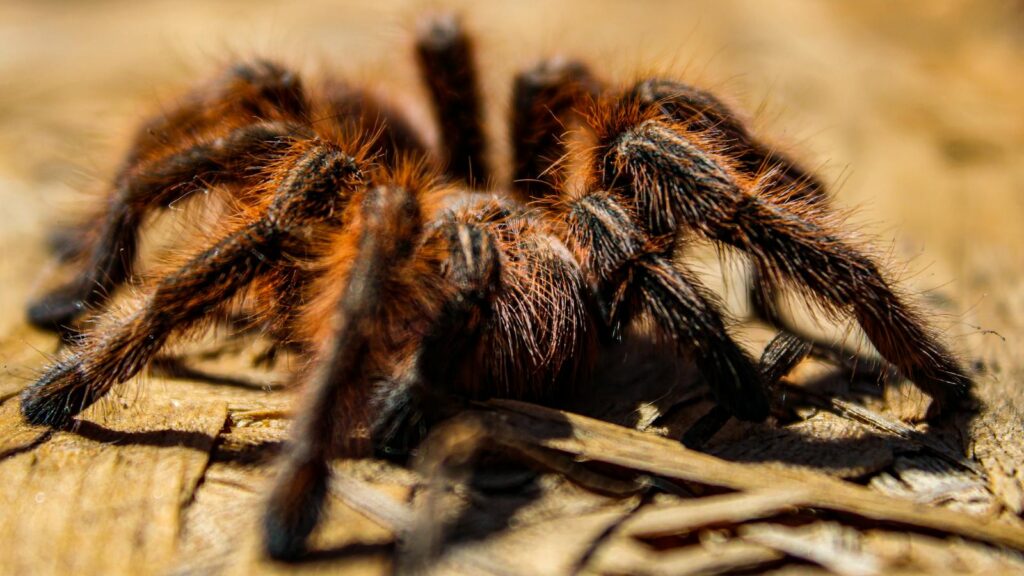
In the intricate world of arthropod evolution, mimicry stands as one of nature’s most fascinating adaptive strategies. Among these remarkable examples, certain non-venomous spiders have developed the extraordinary ability to impersonate ants in appearance, movement, and sometimes even behavior. This phenomenon, known as myrmecomorphy (ant mimicry), represents a sophisticated evolutionary adaptation that helps these arachnids survive in a world full of predators and prey. Unlike their eight-legged relatives that construct webs and wait patiently for meals, these ant-mimicking spiders have evolved a different approach to life, effectively “hiding in plain sight” by resembling creatures that many predators actively avoid. Let’s explore the fascinating world of these arthropod imposters and discover why pretending to be an ant offers significant survival advantages.
The Evolutionary Advantage of Ant Mimicry
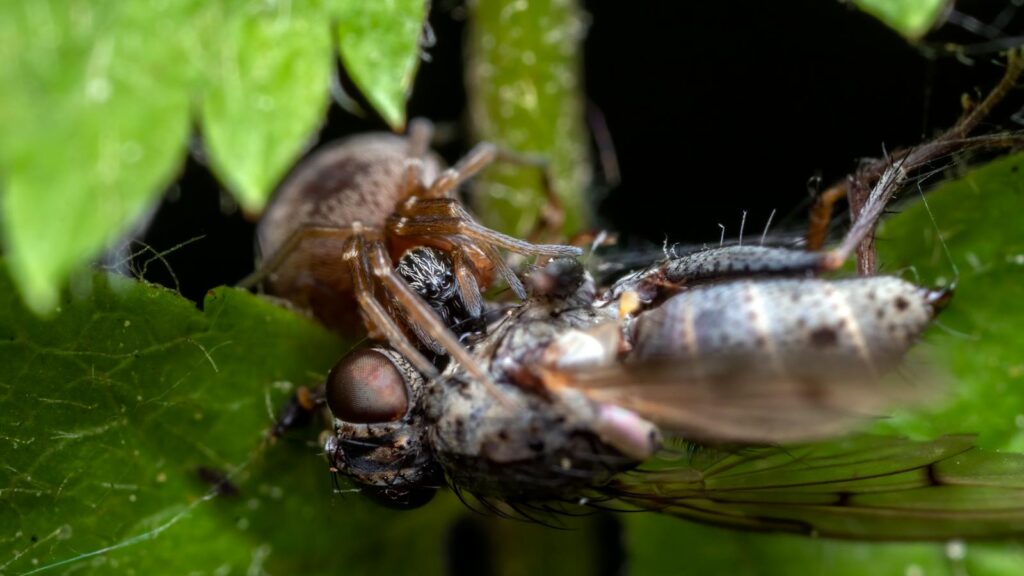
When it comes to survival strategies in the insect world, few are as ingenious as the ant-mimicking behavior adopted by certain spider species. This evolutionary adaptation, which scientists call myrmecomorphy, didn’t develop overnight but rather evolved over millions of years through natural selection. Ants, with their powerful mandibles, formic acid defenses, and often aggressive colonial behavior, are typically avoided by many predators who have learned the hard way that these insects can bite, sting, or spray irritating chemicals. By resembling ants, these non-venomous spiders essentially “borrow” this reputation for toughness without having to develop toxic compounds or defensive weaponry themselves. Research has shown that spiders exhibiting ant mimicry can experience up to 60% less predation than their non-mimicking relatives, demonstrating just how effective this evolutionary disguise truly is.
Physical Adaptations for Perfect Disguise
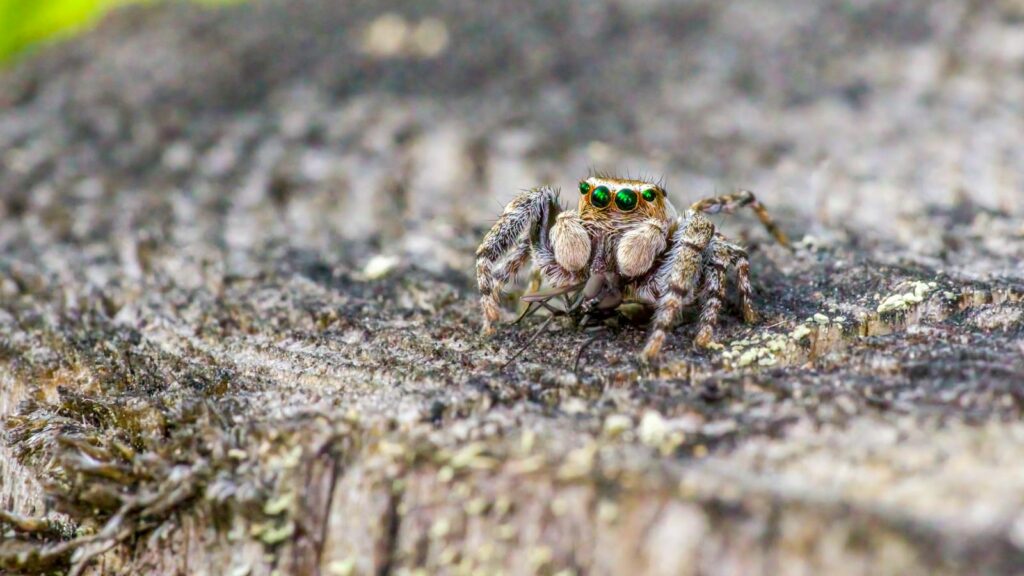
The physical transformations that ant-mimicking spiders have undergone are nothing short of remarkable. While typical spiders have a clearly divided body with a cephalothorax and abdomen, ant-mimicking species often develop a constriction in their abdomen that creates the illusion of the three distinct body segments (head, thorax, and abdomen) characteristic of ants. Some species have even evolved to lift their front pair of legs in the air while walking, effectively using only six legs for locomotion—matching the six-legged gait of an ant. Their bodies often become more slender and elongated, and some species develop color patterns that perfectly match local ant species, down to the exact shade and markings. Perhaps most impressive is the modification of the spider’s eyes—while most spiders have eight eyes arranged in distinctive patterns, ant-mimicking species often have eye arrangements and proportions that create the illusion of the compound eyes and antennal bases seen in ants.
Behavioral Mimicry Beyond Appearance
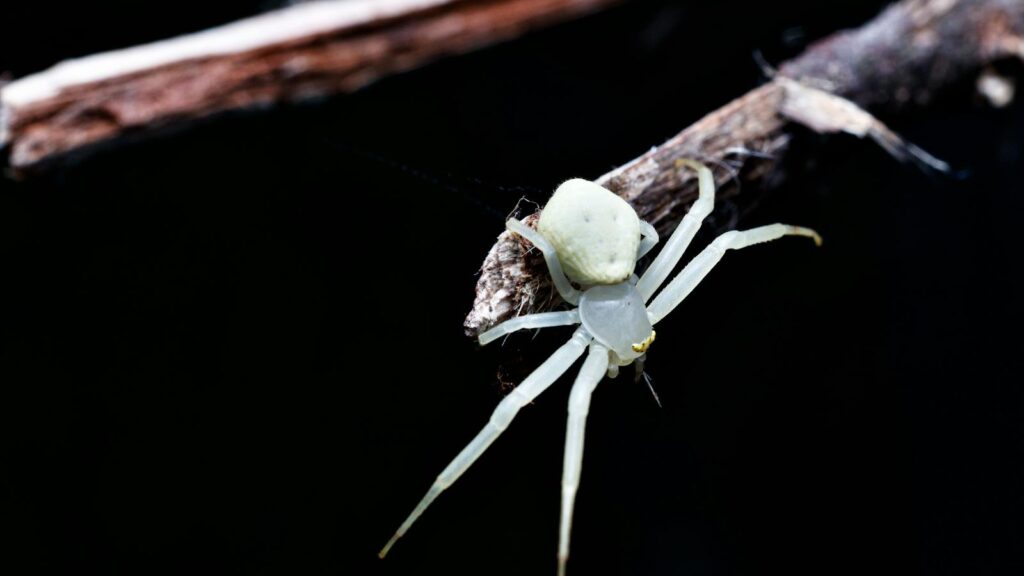
Physical resemblance is just the beginning of this sophisticated deception—many ant-mimicking spiders have also adopted behavioral traits that enhance their disguise. Researchers have documented these spiders moving with the jerky, stop-and-start motion characteristic of foraging ants, rather than the smooth crawling typical of most spider species. Some species will frantically wave their front legs in the air, mimicking how ants use their antennae to communicate and sense their environment. The Myrmarachne genus of jumping spiders takes this behavioral mimicry to another level by frequently handling objects with their front legs, similar to how ants manipulate objects with their antennae. Some species have even been observed deliberately seeking out and traveling alongside actual ant colonies, blending in with their movements and benefiting from the protection that comes with being part of what predators perceive as a dangerous ant group. This behavioral mimicry is so effective that even specialized ant predators are frequently fooled by these imposters.
Protection From Spider-Hunting Predators
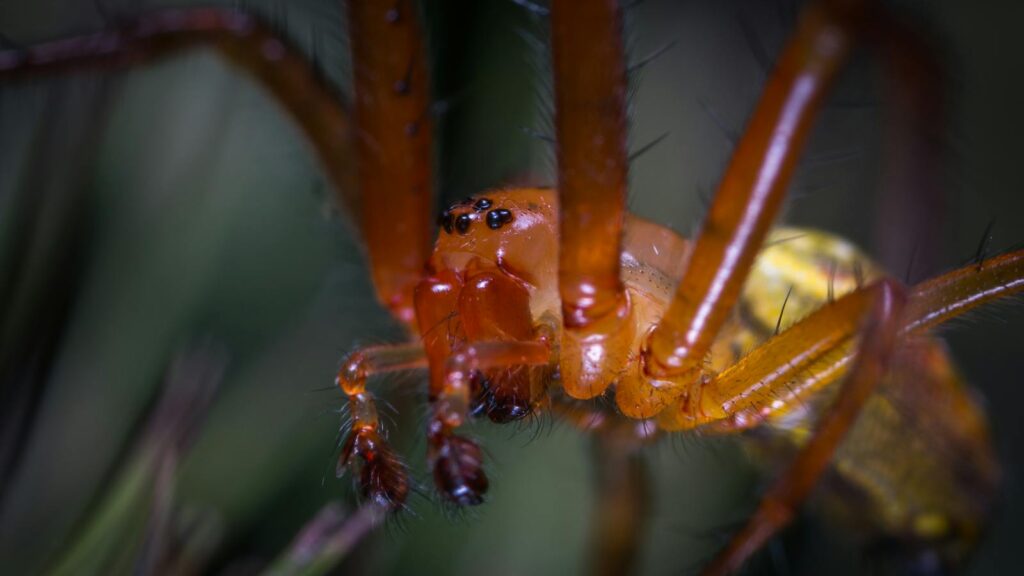
One of the primary benefits of ant mimicry is protection from predators that specifically target spiders but avoid ants. Certain wasps, like those in the Pompilidae family, are specialized spider hunters that paralyze spiders with their sting and use them as living incubators for their eggs. These wasps have evolved to recognize the characteristic shape and movement patterns of spiders. By disguising themselves as ants, myrmecomorphic spiders effectively remove themselves from the search image that these wasps use when hunting. Jumping spiders, which are themselves predators of other spiders, similarly tend to avoid ants due to their defensive capabilities. Studies have shown that when presented with ant-mimicking spiders and typical spiders of the same size, spider-hunting predators overwhelmingly target the non-mimicking species. This protection from specialized predators represents a significant survival advantage and helps explain why this form of mimicry has evolved independently in multiple spider lineages across the world.
The Trojan Horse Strategy for Hunting

Beyond defensive benefits, some ant-mimicking spiders have evolved their disguise as an offensive strategy—a sort of arthropod Trojan horse. These crafty predators use their ant-like appearance to infiltrate ant colonies or approach ant-tending insects without triggering alarm. Species like those in the Zodarion genus specialize in preying on ants, using their disguise to get close enough to launch a surprise attack. Others target insects that have mutualistic relationships with ants, such as aphids, which are typically protected by ants in exchange for the sweet honeydew they produce. By appearing as a non-threatening ant, these spiders can approach aphid colonies without causing the aphids to signal distress to their ant protectors. Some species have been observed preying on the ants themselves, with specialized attack strategies that allow them to quickly overcome their dangerous prey. This dual-purpose mimicry—defensive against spider predators but offensive against their own prey—represents an evolutionary masterstroke that maximizes survival advantage.
Famous Examples of Ant-Mimicking Spiders

The world of ant-mimicking spiders is diverse, with examples found across multiple families and continents. Perhaps the most well-known examples come from the jumping spider genus Myrmarachne, whose name literally means “ant spider.” With over 200 species, these remarkable mimics can be found throughout tropical and subtropical regions worldwide, each typically resembling local ant species. The Castianeira genus in North America includes the ant-mimicking sac spider, which bears an uncanny resemblance to carpenter ants. In Australia, the Amyciaea genus includes spiders that not only look like weaver ants but actively hunt them. The Aphantochilus genus in South America has evolved to perfectly mimic and prey upon turtle ants (Cephalotes), with body shapes so similar that even trained entomologists must look closely to tell them apart. Each of these examples represents an independent evolution of ant mimicry, demonstrating the strong selective pressure that has repeatedly favored this adaptive strategy across different spider lineages.
The Challenge of Maintaining Spider Functions
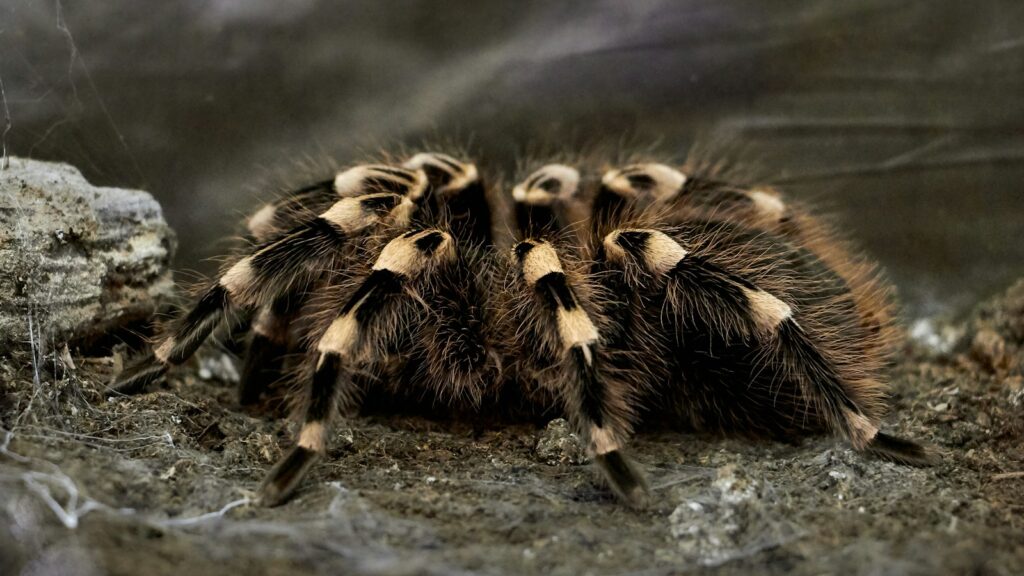
Evolving to look like an ant while still functioning effectively as a spider presents significant biological challenges. Spiders typically rely on their eight legs for movement, web building, and prey capture, making the shift to an ant-like six-legged locomotion potentially disadvantageous for basic survival functions. Ant-mimicking spiders have had to evolve solutions that balance the benefits of mimicry with the need to maintain essential spider capabilities. Many species resolve this by only using their front legs as “fake antennae” when they sense danger nearby, reverting to using all eight legs when hunting or moving quickly. The biological cost of mimicry can also include reduced egg-laying capacity, as the constricted abdomen of many ant-mimics provides less space for egg development. Male ant-mimicking spiders face an additional challenge: they must develop enlarged pedipalps (specialized appendages) for mating while maintaining their ant-like appearance. Some species have evolved remarkable adaptations where the enlarged pedipalps resemblant mandibles, turning a potential mimicry weakness into another aspect of their disguise.
Imperfect Mimicry and Its Surprising Benefits
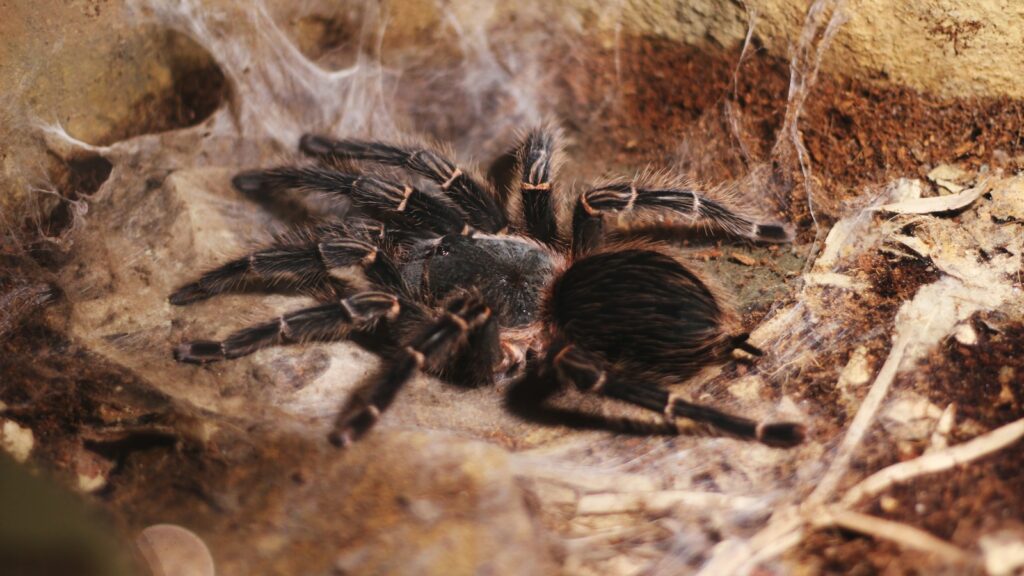
Interestingly, not all ant-mimicking spiders achieve perfect resemblance to their models, raising questions about why natural selection would favor what appears to be an “incomplete” adaptation. Recent research suggests that imperfect mimicry may actually offer advantages in certain contexts. Some predators have relatively poor vision but excellent pattern recognition, meaning a general ant-like appearance may be sufficient to trigger avoidance without requiring perfect imitation. Imperfect mimicry can also allow spiders to simultaneously mimic multiple ant species rather than specializing in resembling just one, providing protection across a wider range of environments. Additionally, maintaining some spider-like characteristics may be beneficial when interacting with potential mates, who need to recognize the mimic as a member of their own species rather than an actual ant. Studies have shown that female ant-mimicking jumping spiders are more responsive to males that balance ant mimicry with species-specific signaling, suggesting that sexual selection may actually favor a degree of imperfection in the mimicry of some species.
Mimicry at Different Life Stages

The development of ant mimicry throughout a spider’s life cycle reveals fascinating adaptations across different growth stages. Many species don’t emerge from their eggs as perfect ant mimics but develop the resemblance gradually through successive molts. In some species, only the adults display full mimicry, while juveniles may exhibit partial resemblance or entirely different defensive strategies. Other species show the reverse pattern, with immature spiders being excellent ant mimics while adults display reduced mimicry, particularly in males who often develop elaborate courtship structures that would compromise their ant-like appearance. The Corinnidae family includes species where juveniles mimic one ant species while adults mimic an entirely different ant that occupies the same habitat but at different heights or in different microhabitats. This developmental plasticity in mimicry represents an additional layer of evolutionary sophistication, allowing these spiders to optimize their survival strategies for the specific threats and opportunities they encounter at each life stage.
Geographical Distribution and Local Adaptation
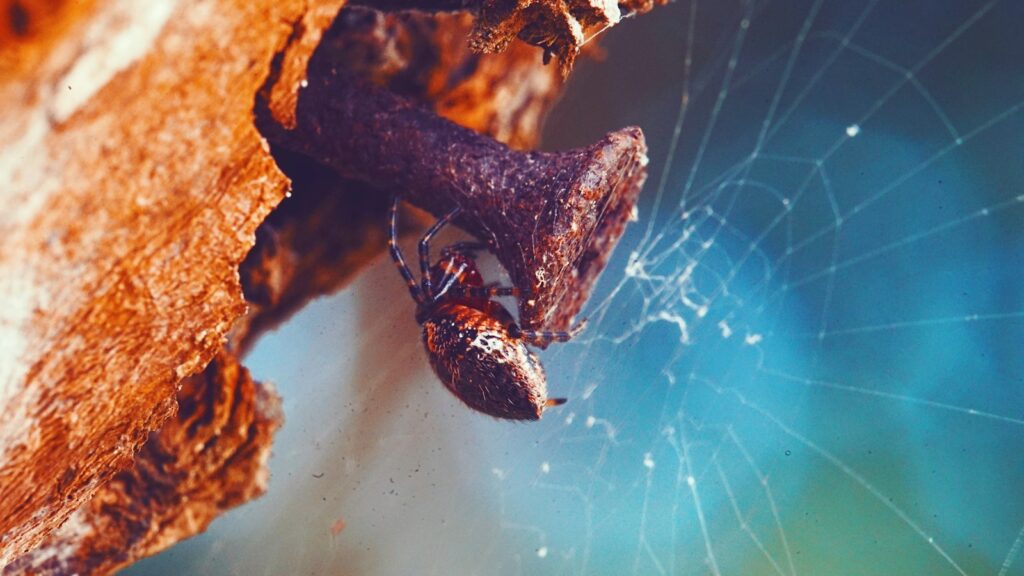
Ant-mimicking spiders show remarkable patterns of geographical distribution and local adaptation that highlight the specificity of their evolutionary relationships with local ant species. Rather than developing generalized ant-like features, these spiders typically evolve to resemble specific ant species in their immediate environment. For example, in tropical forests where aggressive army ants dominate, local spider species have evolved to mimic these particular ants. In regions where fire ants are prevalent, spiders often develop the distinctive reddish coloration and behavior patterns of these stinging insects. Some ant-mimicking spider species have ranges that precisely overlap with the ant species they mimic, creating a geographical mosaic of mimicry relationships across landscapes. Researchers studying these patterns have discovered that when ant populations shift due to environmental changes, selection pressure can drive rapid evolution in the mimicking spider populations, sometimes leading to new species formation through divergent selection. This geographic specificity of mimicry serves as a powerful example of how local ecological relationships can drive evolutionary processes.
Predators That See Through the Disguise

Despite the effectiveness of ant mimicry, some predators have evolved specialized detection abilities that allow them to see through this deceptive strategy. Certain parasitoid wasps have developed neural mechanisms specifically tuned to detect the subtle differences between ant-mimicking spiders and actual ants, focusing on minute movement patterns or body proportions that even human observers might miss. Some bird species appear to learn the differences through experience, becoming more effective at identifying mimics after repeated encounters. In a fascinating evolutionary arms race, these specialized predators exert selection pressure that continually refines the quality of mimicry in spider populations. Research using high-speed photography has shown that some ant-mimicking spiders display microsecond changes in movement patterns when they detect these specialized predators, temporarily abandoning their ant-like behavior in favor of spider-specific escape tactics such as rapid jumping or dropping on draglines. This dynamic relationship between mimics and mimic-detecting predators demonstrates that mimicry is not an evolutionary endpoint but rather an ongoing adaptive process.
Scientific Discovery and Research Challenges
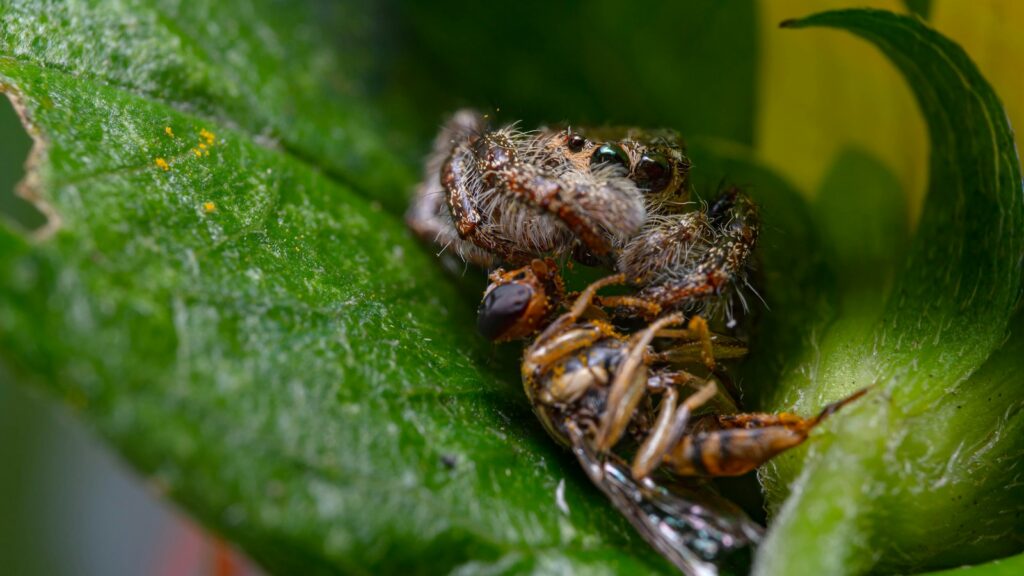
The study of ant-mimicking spiders presents unique challenges and opportunities for evolutionary biologists and behavioral ecologists. One of the primary difficulties researchers face is simply locating these spiders in the field, as their excellent disguise makes them nearly invisible among actual ant populations. Scientists often resort to specialized collection techniques, including artificial aggregation sites that attract spiders but not ants. Laboratory studies bring their own challenges, as mimicking spiders sometimes behave differently in captivity where the ecological context of their mimicry is absent. Advanced research technologies are revolutionizing this field, with high-definition video analysis allowing for detailed movement comparisons between mimics and models, and DNA analysis helping to construct phylogenetic relationships that reveal how mimicry evolved across different lineages. Perhaps most exciting is the emerging use of predator eye-mimicking cameras that capture images approximating what spider predators actually see, allowing researchers to evaluate mimicry effectiveness from the biologically relevant perspective of the intended receivers of these deceptive signals.
Conservation Implications and Future Research
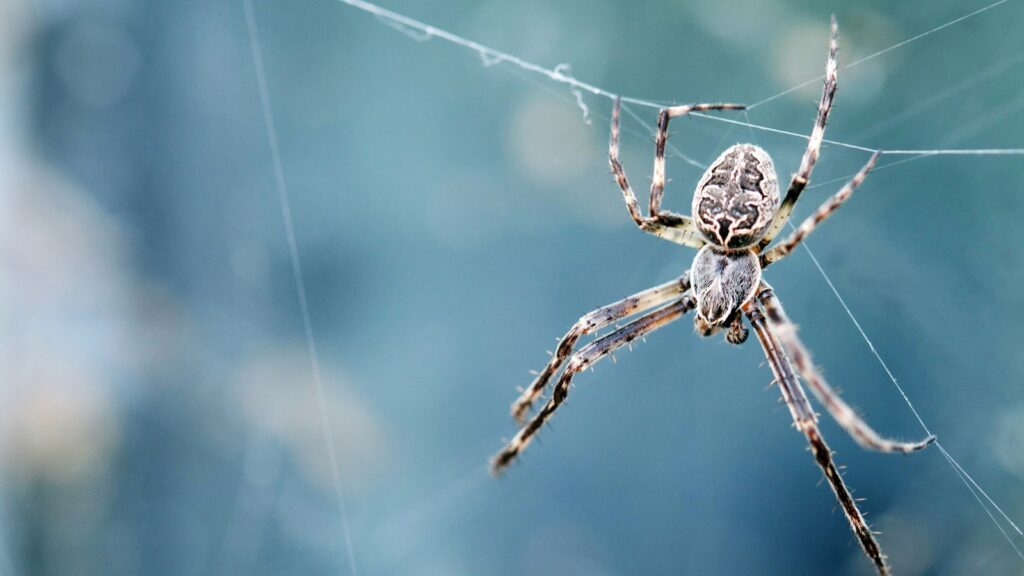
As specialized organisms with complex ecological relationships, ant-mimicking spiders face particular conservation challenges in our changing world. Their dependence on both the presence of model ant species and the predators that have driven the evolution of their mimicry means they may be especially vulnerable to ecosystem disruptions. Climate change and habitat fragmentation can separate mimics from their models or alter the geographic ranges of specialized predators, potentially disrupting the delicate balance that maintains these evolutionary relationships. Conservation biologists are increasingly advocating for protection of intact ecological communities rather than just individual species, recognizing that preserving mimicry systems requires maintaining all participants in these evolutionary dramas. Future research directions include investigating how quickly mimetic relationships can adapt to changing environments, exploring the genetic basis of mimicry to understand how these complex traits evolve, and examining how mimetic relationships might be used as sensitive indicators of ecosystem health. By understanding and protecting these remarkable examples of evolution in action, we preserve not just fascinating species but the ongoing evolutionary processes that generate Earth’s biodiversity.
Conclusion

Ant mimicry in spiders represents one of nature’s most sophisticated evolutionary strategies—a perfect example of how natural selection can shape organisms to exploit the perceptions and behaviors of others. These remarkable arachnids have transformed their bodies, movements, and behaviors to create convincing disguises that fool predators and prey alike. From the physical modifications that create an ant-like appearance to the behavioral adaptations that complete the illusion, every aspect of this mimicry showcases the power of evolutionary processes to craft solutions to survival challenges. As we continue to study these fascinating imposters, they offer valuable insights into evolutionary processes, sensory ecology, and the complex interrelationships that shape natural communities. The next time you spot what appears to be an ant scurrying across a leaf or branch, look closer—you might just be witnessing one of nature’s master disguise artists at work.
